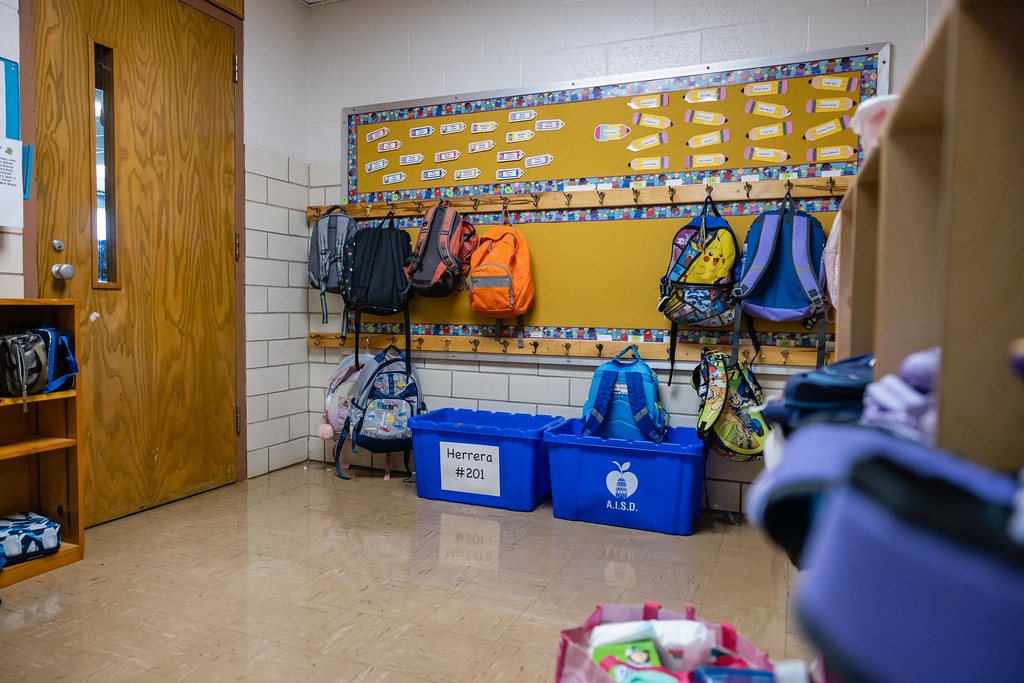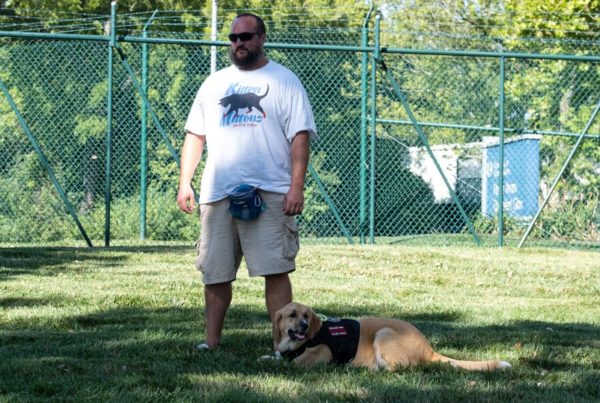For over a decade, the nonprofit children’s advocacy group Children at Risk has ranked Texas public schools to help communities understand how their local schools are performing. The schools are usually rated on academic performance, but the analysis looks very different this year due to the COVID-19 pandemic. The new study divides schools into two categories – pandemic-resilient schools, which have seen improved academic performance since COVID-19 hit, and red flag schools that experienced decreased academic performance.
Bob Sanborn is the president and CEO of Children at Risk. He joined the Texas Standard to talk about the study’s findings.
Listen to the interview above or read the transcript below.
This transcript has been edited lightly for clarity:
Texas Standard: Typically, in a non-pandemic year, what parts of school performance does Children at Risk evaluate and what regions does the study generally cover?
Bob Sanborn: We look at all 8,000 schools in the state, and usually what we’re looking at is academic growth year-to-year for the students and overall academic performance. We do a comparison of schools in terms of economic demographics, so schools that serve low income kids compared to other schools in other parts of the state that serve low income kids, et cetera.
Schools have really had a hard time because of all the pandemic learning loss. Kids have fallen far behind and schools are struggling to keep up. What we wanted to do was look at those schools we know that have been hardest hit – those that serve low income families. We took that subset of schools, which make up the majority of schools in our state – those that had a group of kids where 75% or more of the kids come from low income families. We looked at those kids and found that there were a handful of schools – these pandemic resilient schools – that were doing really well, and we wanted to make sure people knew about those schools.
What were some of the key takeaways here, and did you notice any geographic trends where schools seem to be performing especially well?
I think especially when we look at those schools that serve low income families, the Rio Grande Valley did very, very well, as did some schools in the El Paso area. The Rio Grande Valley has been overperforming with low income kids for the last couple of years anyway, but we saw that it still was doing very well even after the pandemic.
I’ll give you an example. In the Dallas area, we looked at 2,000 schools and we had about 100 of these pandemic resilient schools. In the Rio Grande Valley-El Paso area, we looked at about 800 schools and we had 200 of these pandemic resilient schools. So, it’s really an overperformer with a lot of outliers. When we go down there, we ask the principals what’s going on that’s different. I think two things stand out: one, this idea of over-help in regards to technology. What can we do to really make sure that the kids know the technology, that their parents know the technology? And two, super intentional engagement of family. I know that every school says that. But when we looked at these schools, they seemed to be doing a little bit more, and the data held up with that.
Last month, state Commissioner of Education Mike Morath said that in some key metrics, public schools have lost at least a decade’s worth of progress. Do Children at Risk’s findings support that claim?
Yeah. I think when we looked at our red flag schools, we saw some of the great schools in Texas had significant drops. You know, these are still good schools, but the pandemic has put kids way far behind. If some of the great schools in our state are suffering, you can only imagine some of those that serve low income kids. This is going to be a lot of work for us going forward to make sure that we can get up to speed. Not to mention the numbers of kids unaccounted for- in the survey, we saw huge drops in enrollment across the state. That should be concerning for all of us as well.















